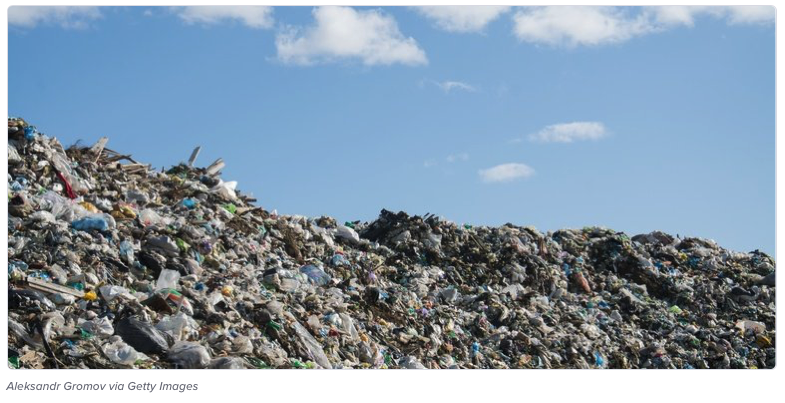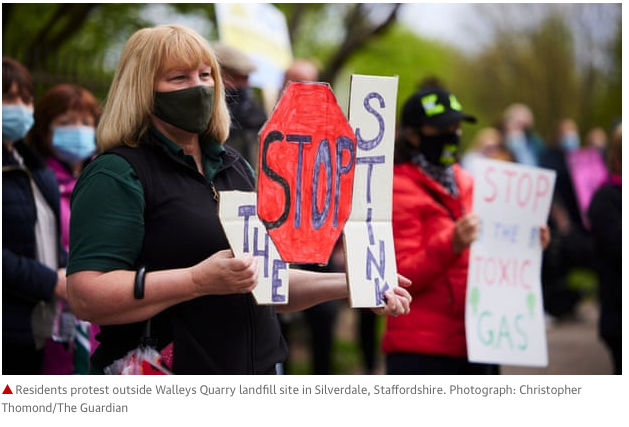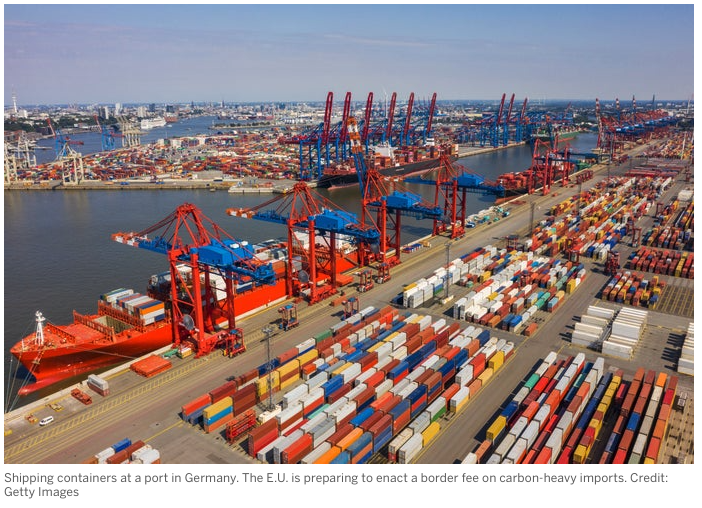October 18th, 2021 Joe Manchin, the Democratic Senator from West Virginia, has found himself in a position of great influence, given the 50-50 split in the US Senate and the administration’s desire to pass a $3.5 trillion bill that includes a number of measures to combat global warming. Currently, the part of the bill that he opposes is the Clean Electricity Performance Program, or CEPP, which would reward utilities for increasing their production of clean energy, and penalize those that don’t. His argument is that companies should not be rewarded for something that they are already doing, but his real concern is that companies that don’t produce more clean energy should not be penalized. In the long-standing tradition of American politics, he’s taking care of his constituency at the expense of the country. Manchin, after all, represents West Virginia, the nation’s second largest coal producer and the fifth largest energy producer, according to the US Energy Information Administration. More than 90% of the energy produced there comes from coal-fired power plants, and Manchin, Chair of the Energy and Natural Resources Committee, is very dedicated in his efforts to preserve that mix. Not surprisingly, energy companies have supported him, contributing nearly $500,000 to his campaign in the most recent election cycle, another long-standing tradition of American politics. Yet even with Manchin’s considerable assistance, the coal industry in West Virginia is fighting a rear-guard action. The state produced a total of 93 million tons in 2018, well down from peak production of 169 million tons in 1990. Employment in the mining industry has fallen by about a third over the past decade as well. More than one-third of the state’s production in recent years has been exported, chiefly to China, India, and South Korea. Renewable energy installations, although small, are increasing, with wind generation recently overtaking hydropower. The state suffers, however, from limited wind potential, and other forms of renewable energy, such as solar and biomass, account for less than 0.01% of utility-scale generation. This gives the coal and utility industries greater influence than one would expect. Manchin’s dilemma, therefore, is whether to continue protecting what most acknowledge is a dying industry, or to assist in the transition to a new paradigm, one that will provide jobs to a state with a 16% poverty rate and will help reduce the threat of global warming to the country and the world. Unfortunately, it appears that he has chosen to protect the special interests of his contributors over the well-being of the country. Energy and resource management




